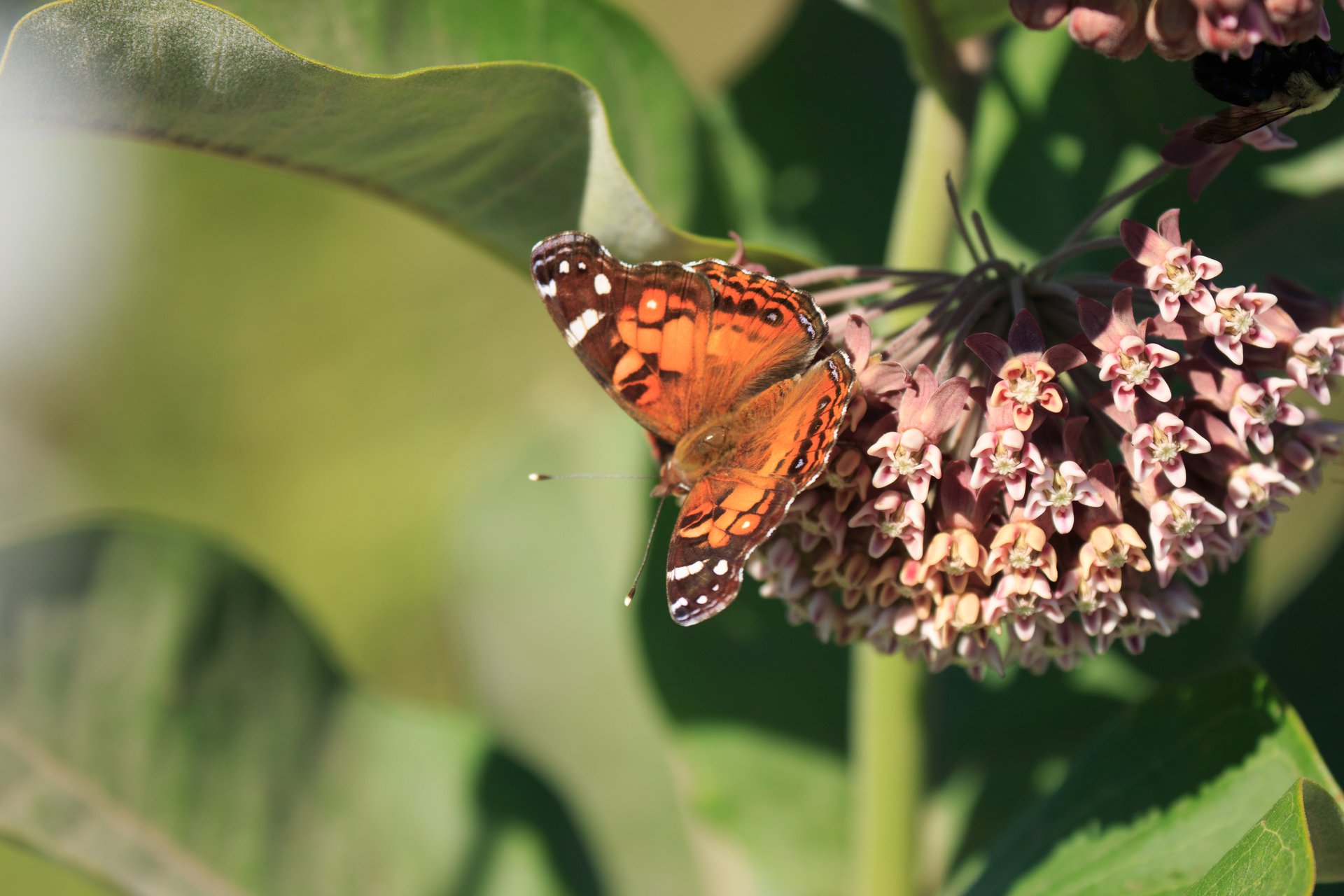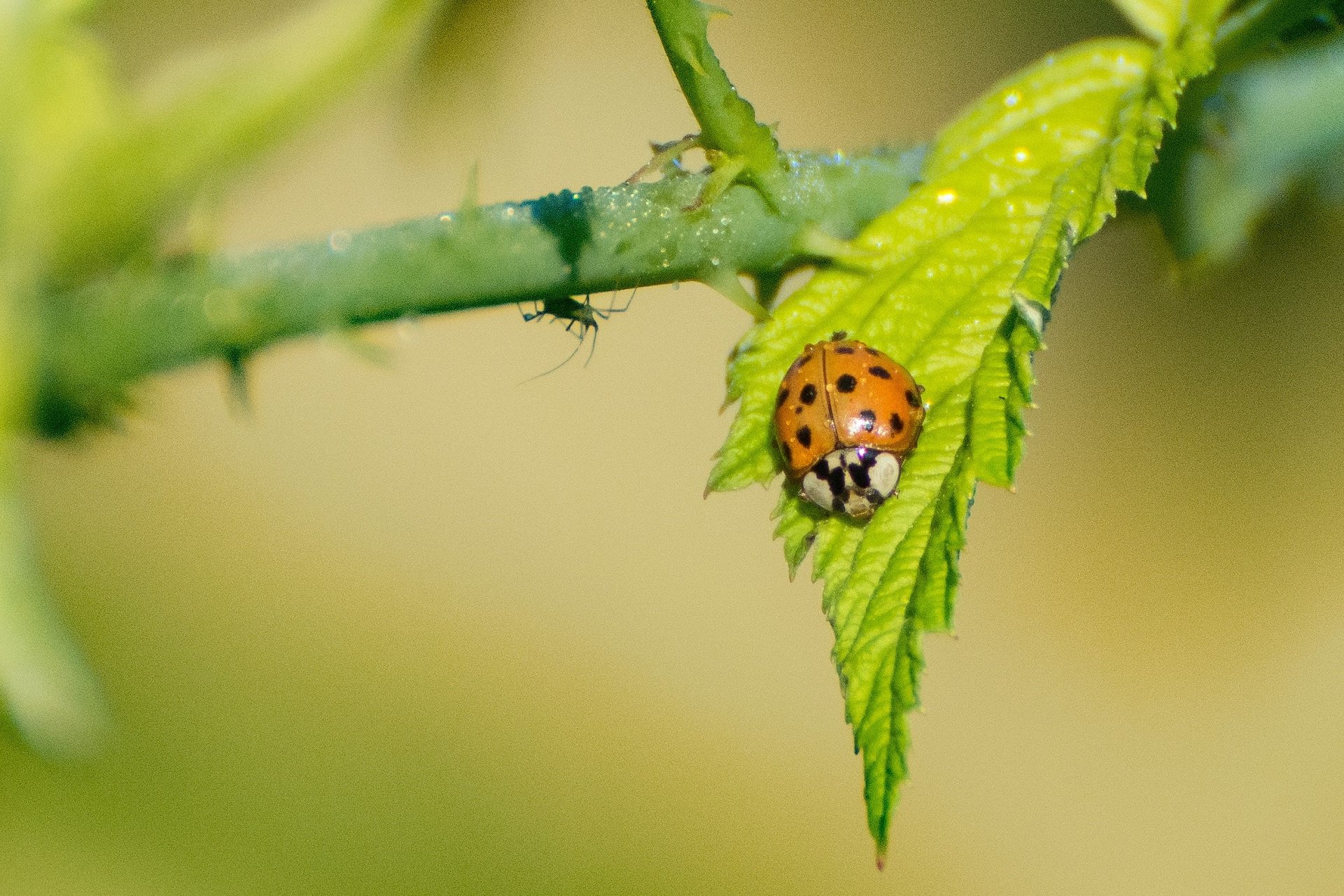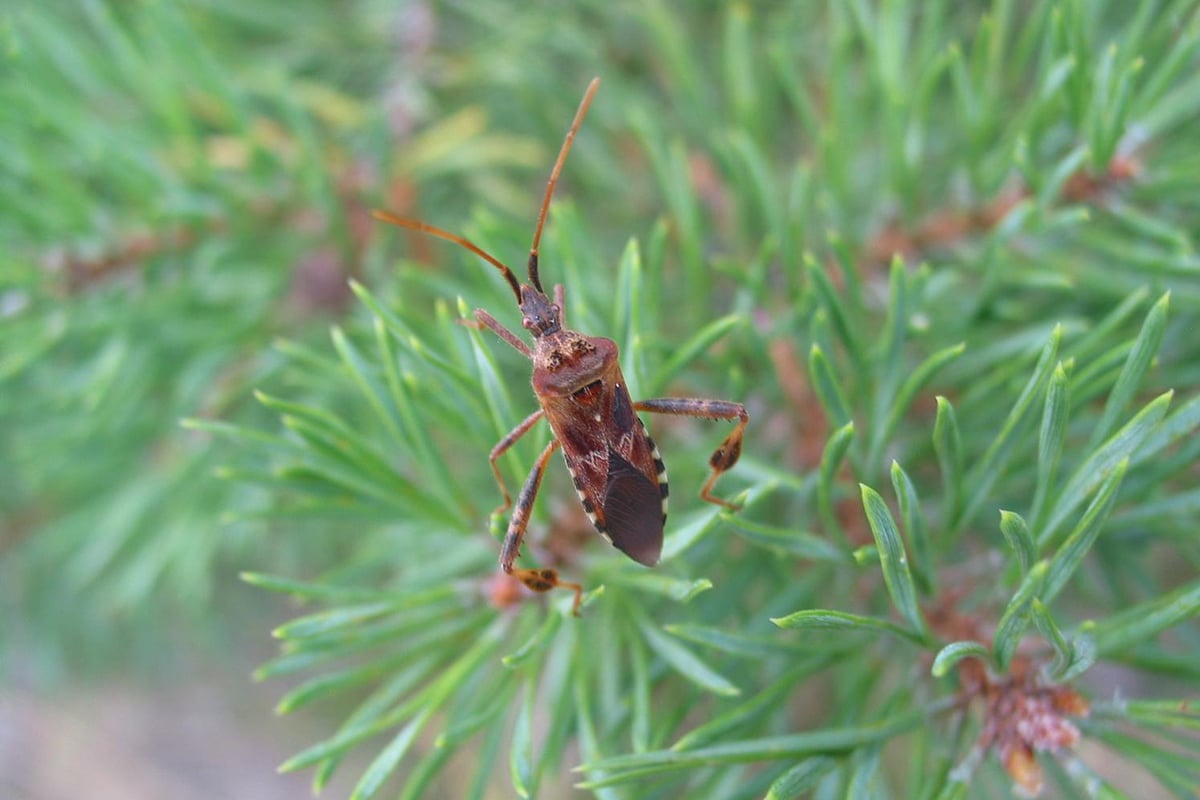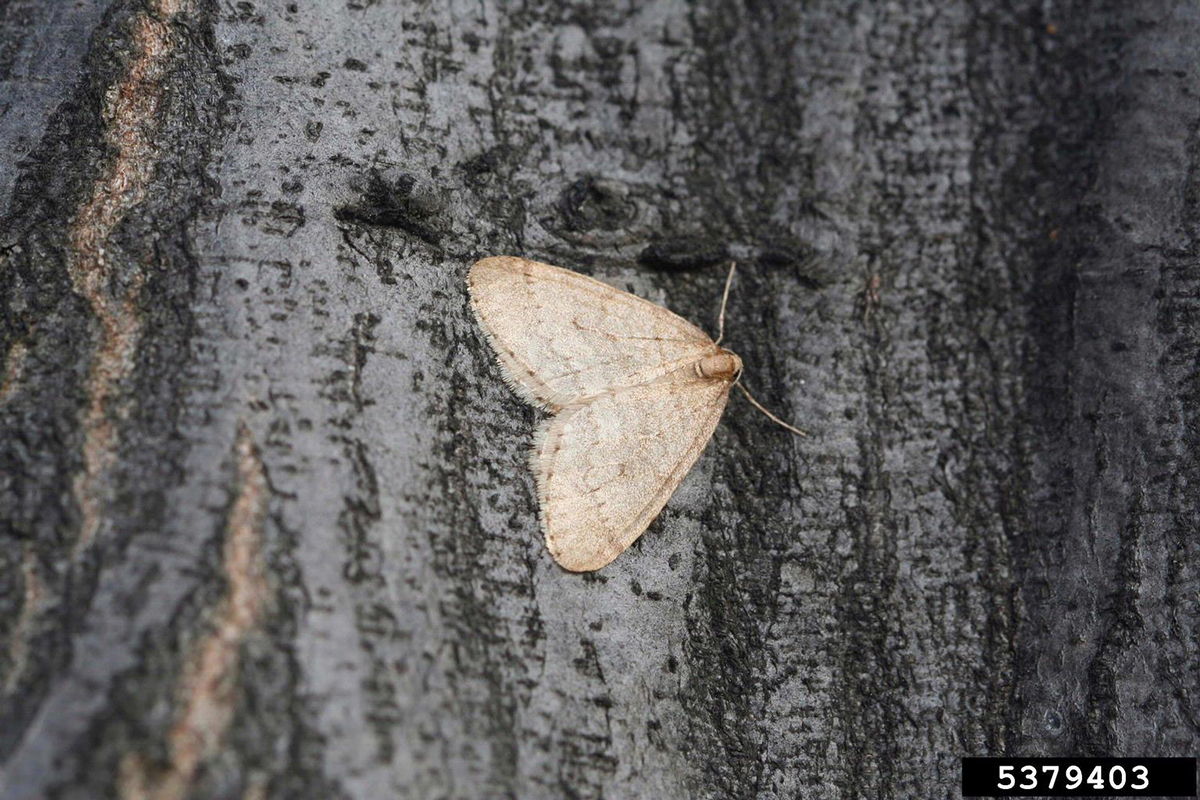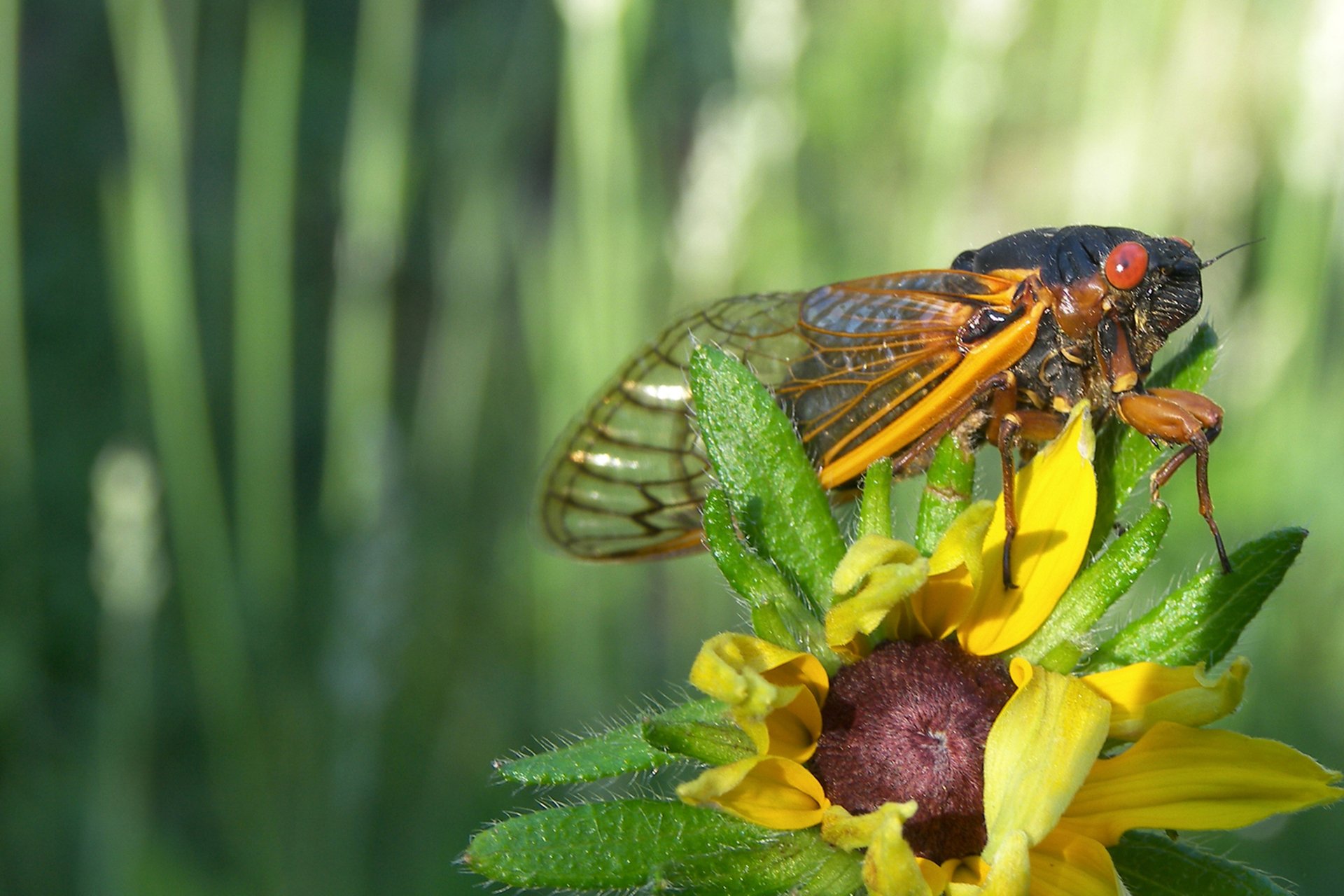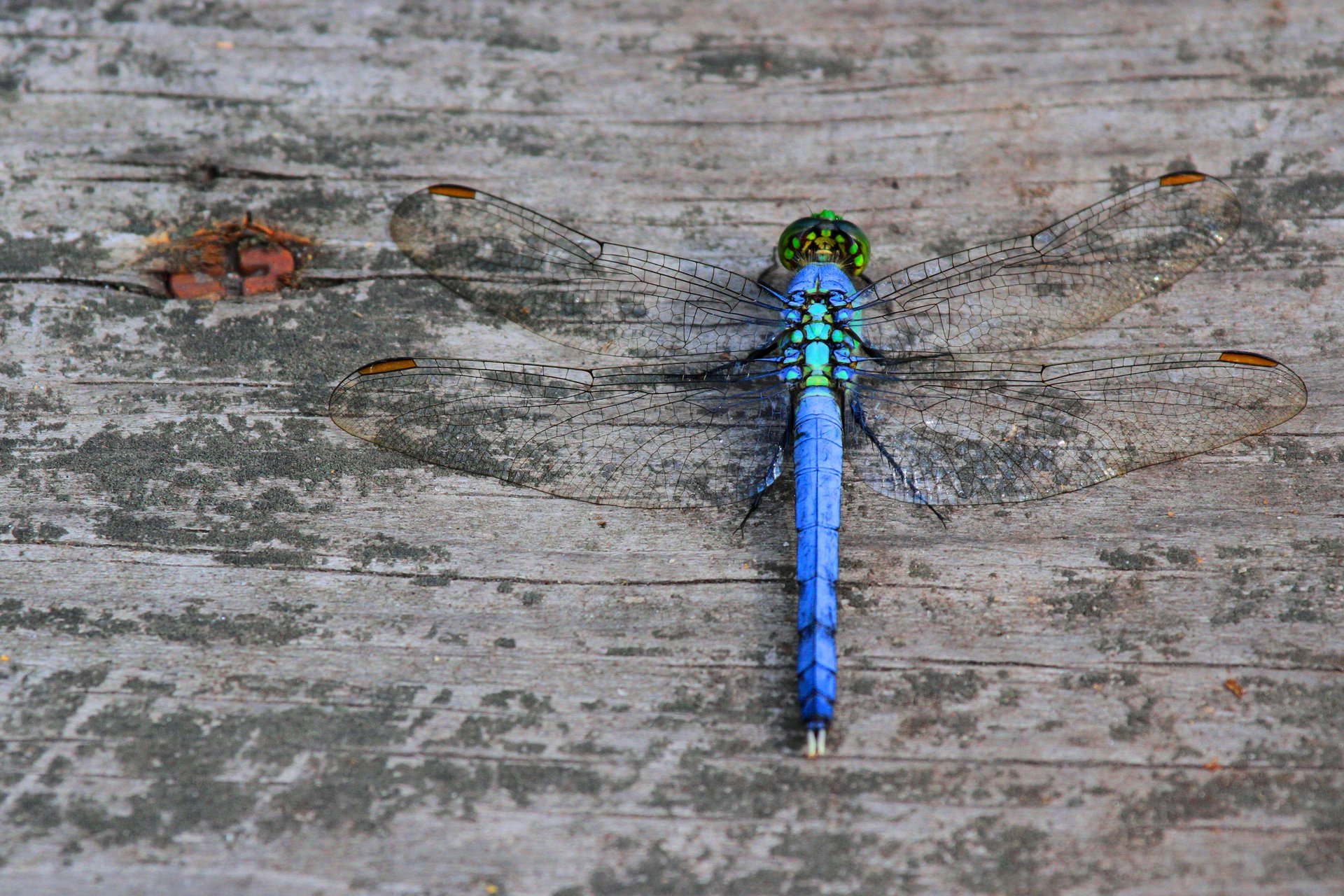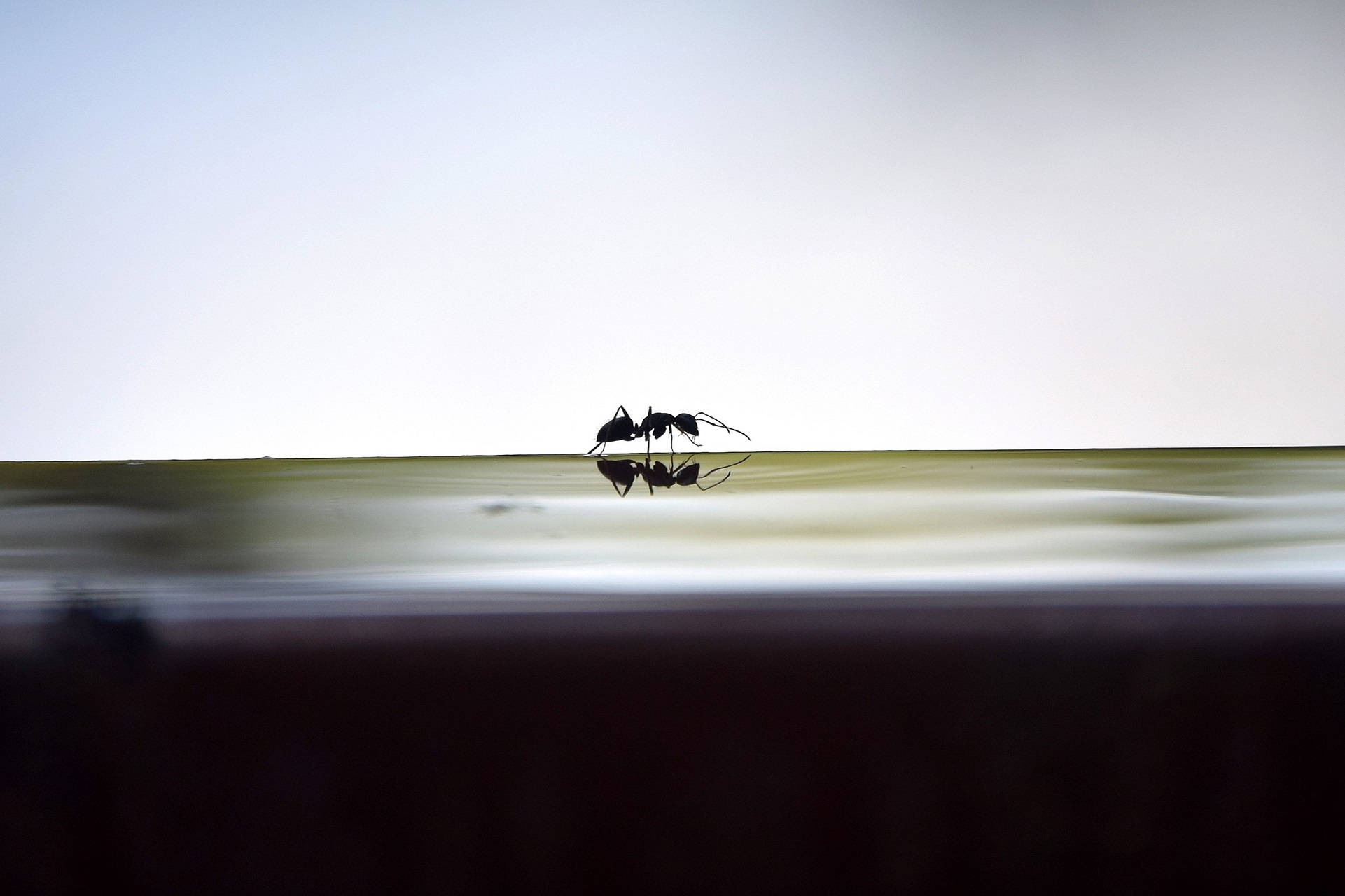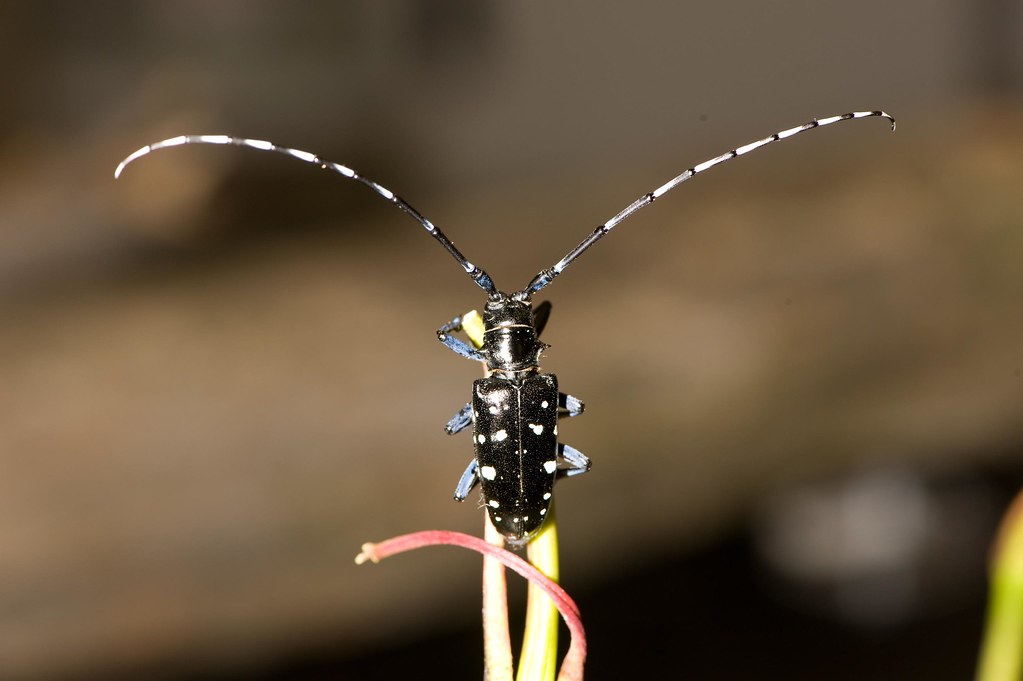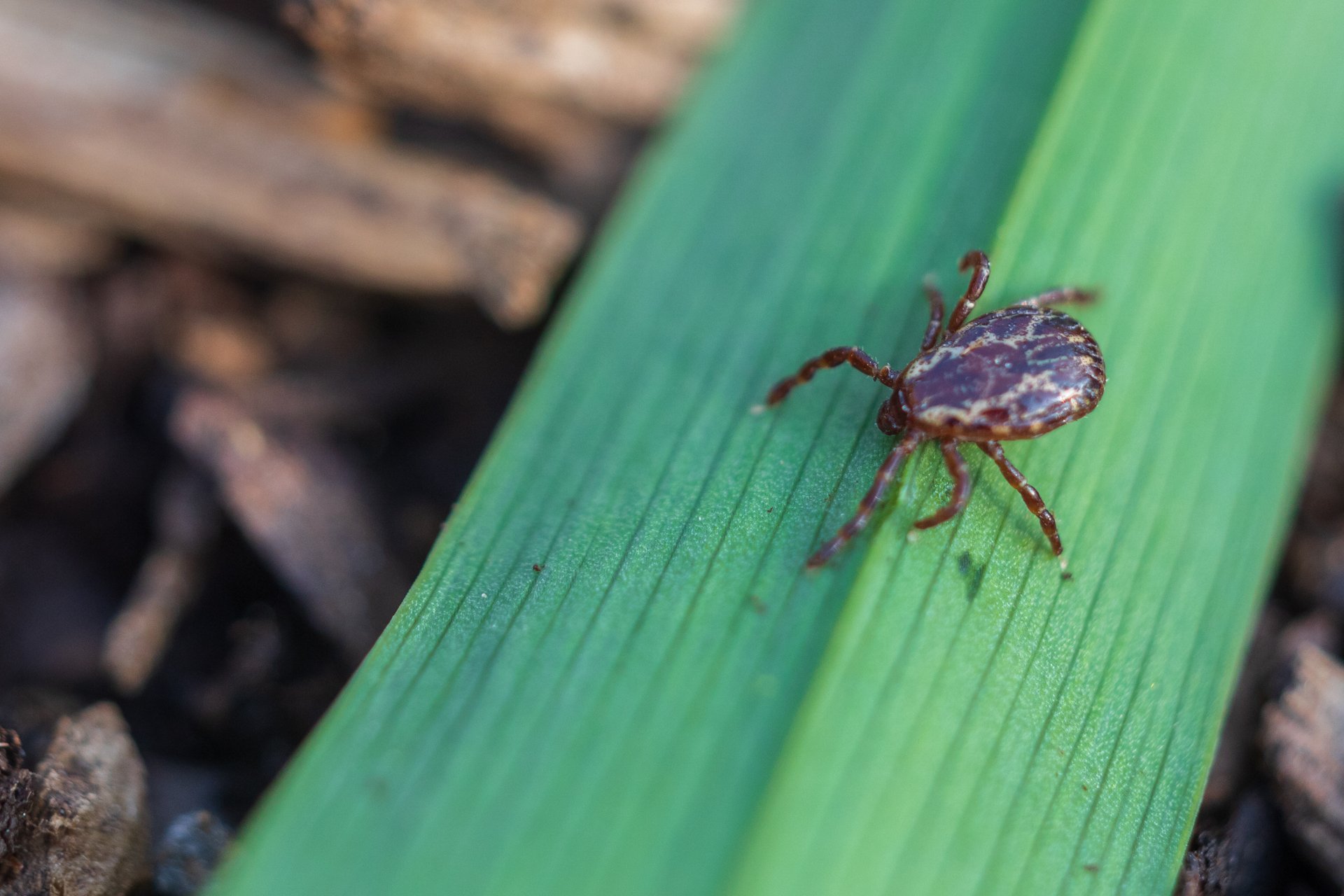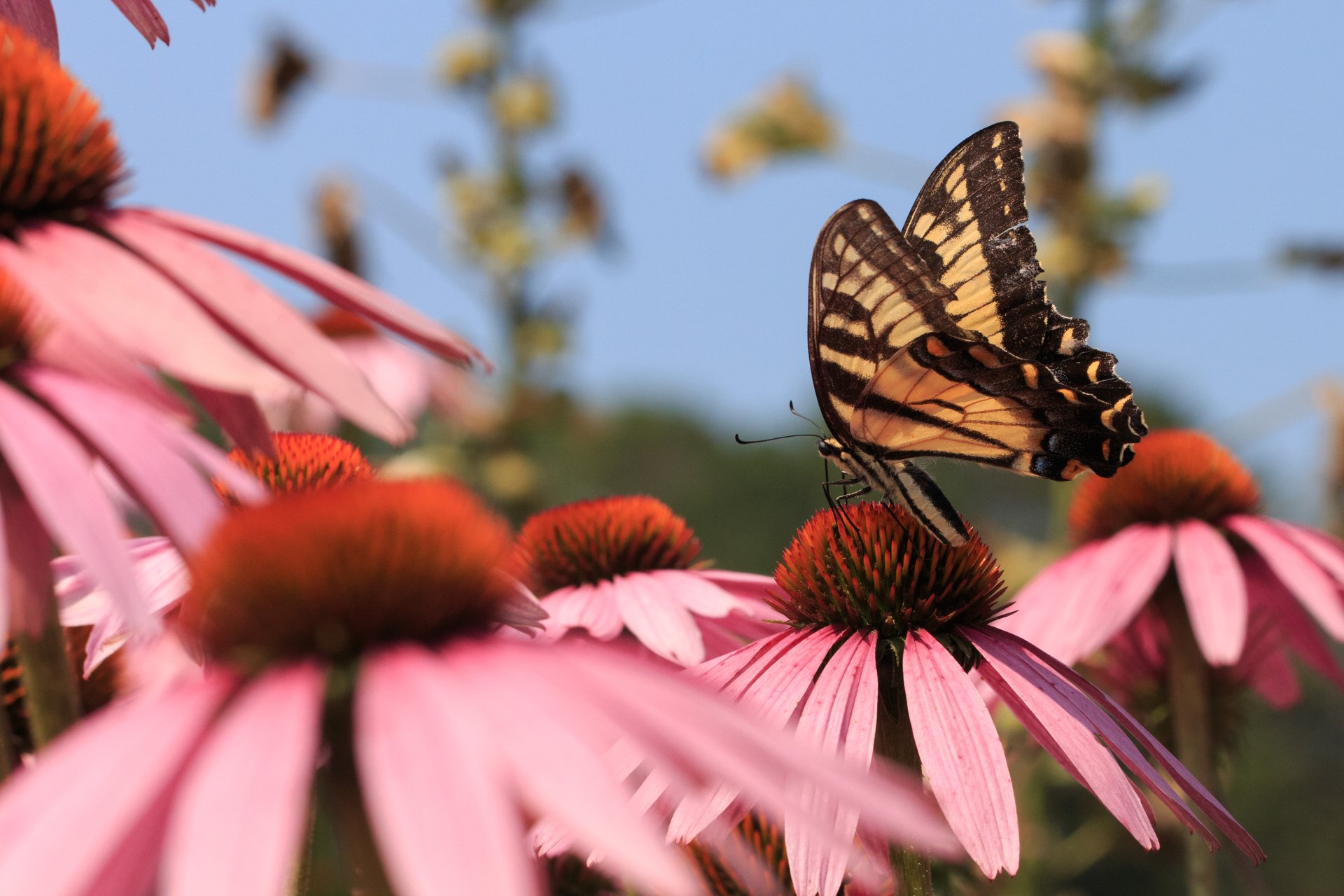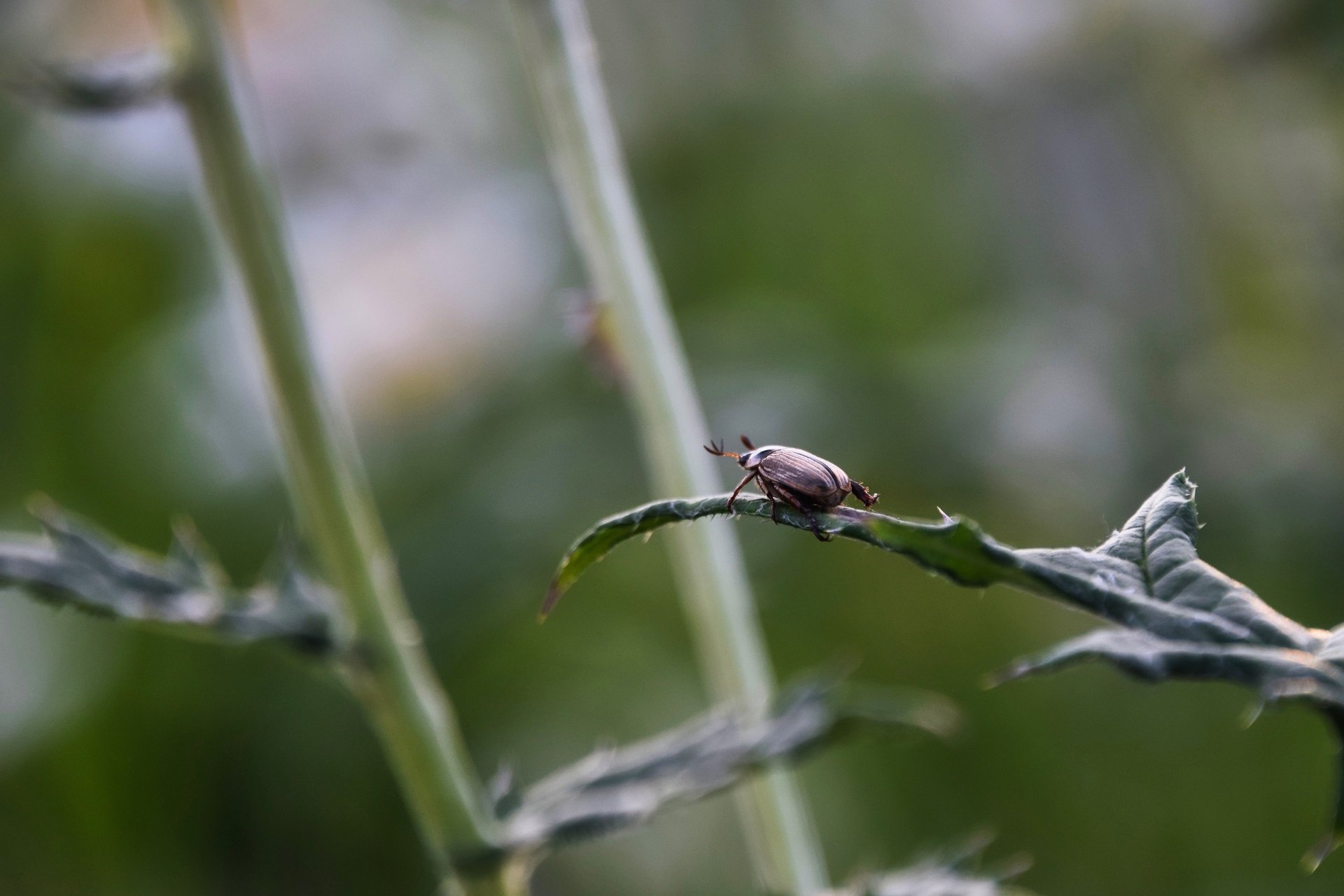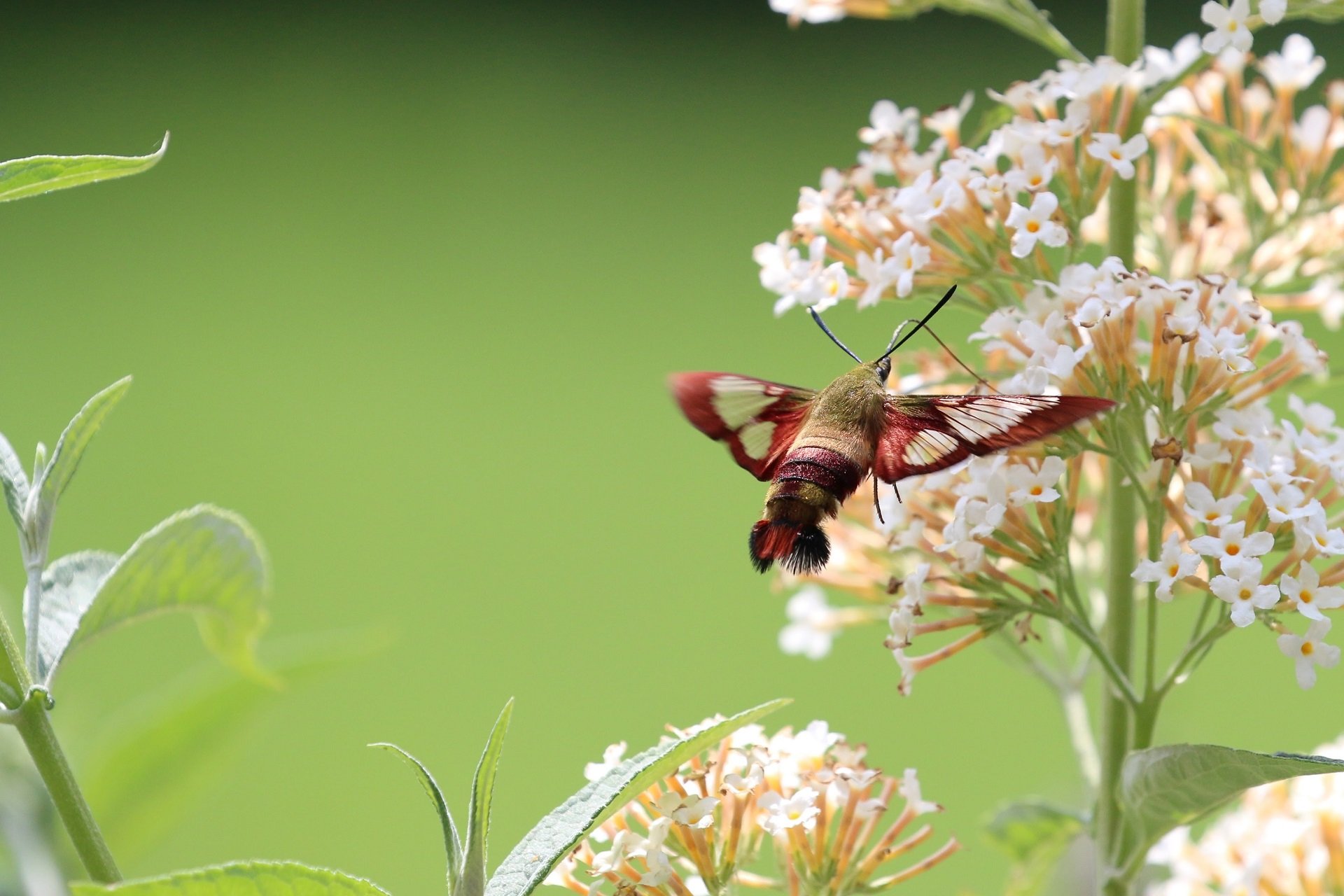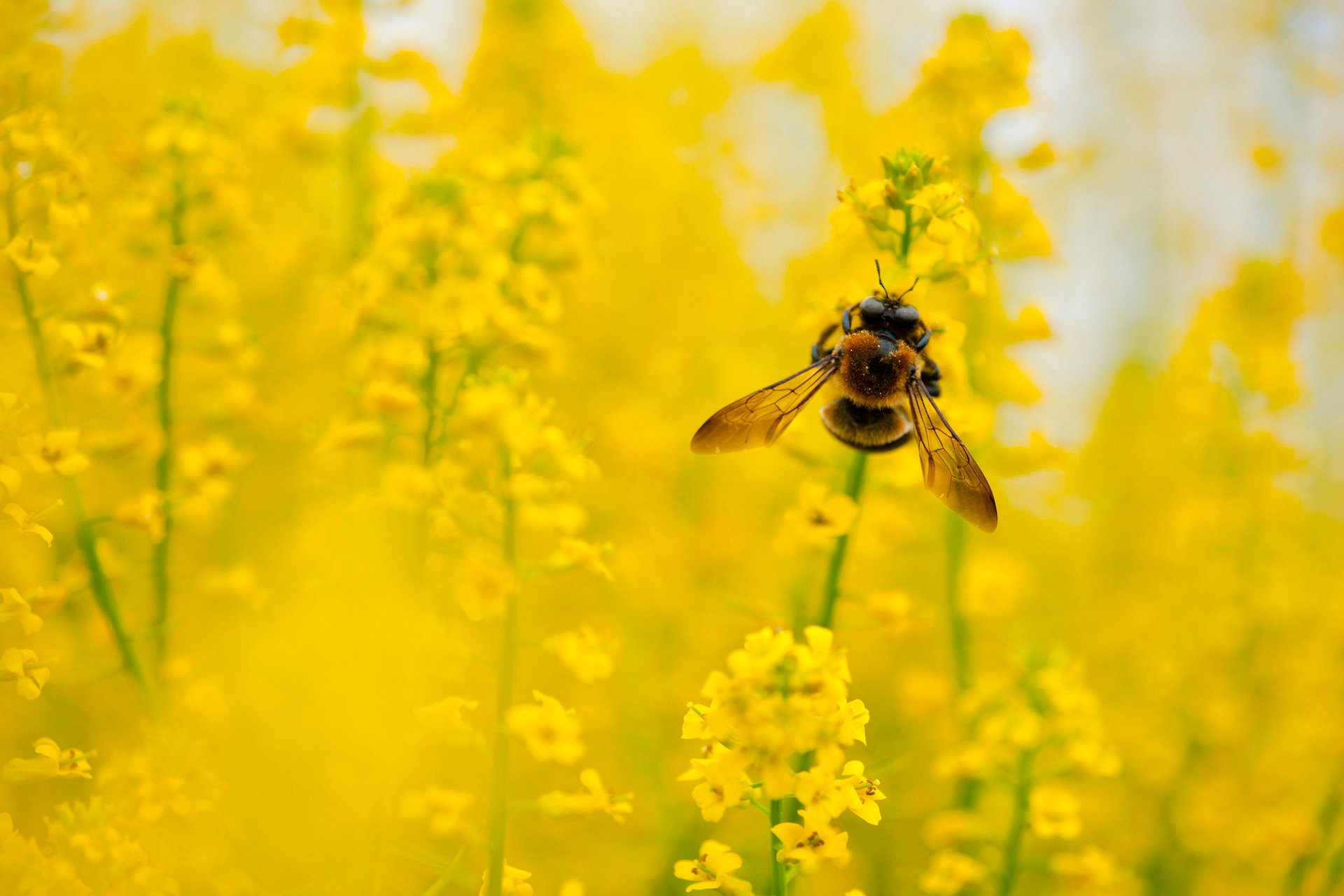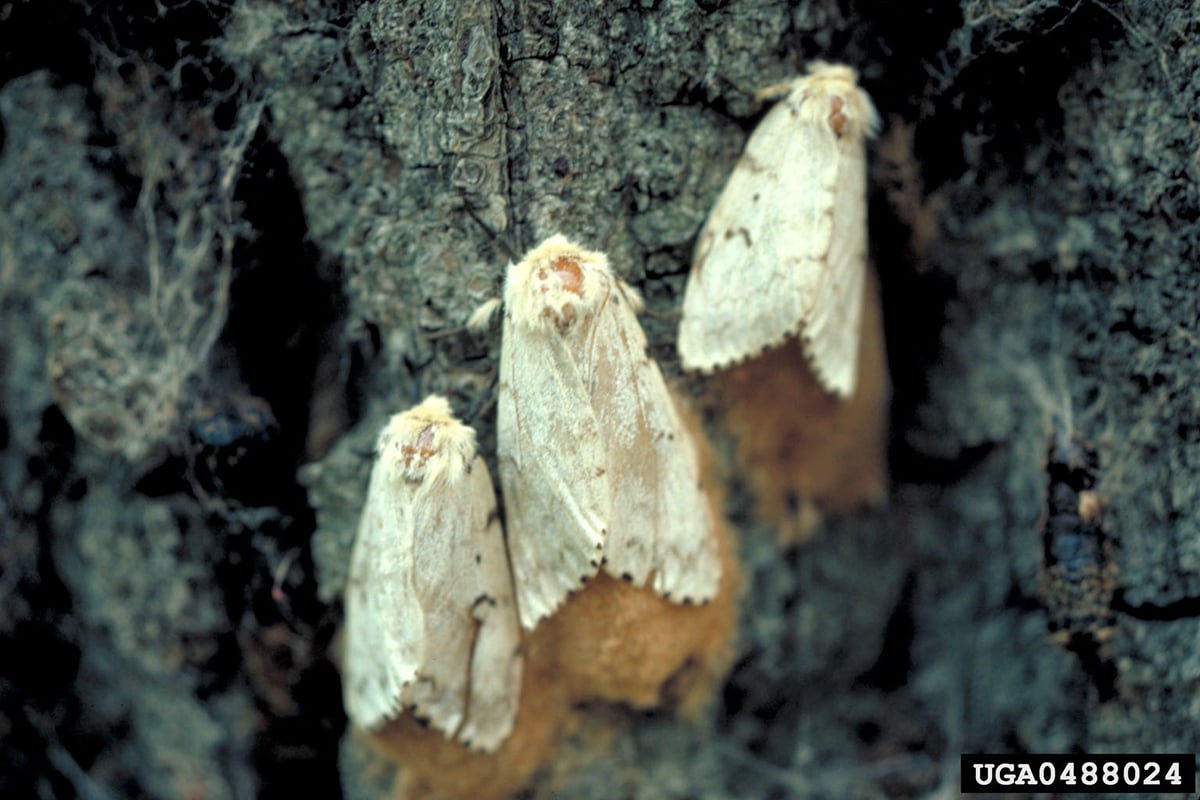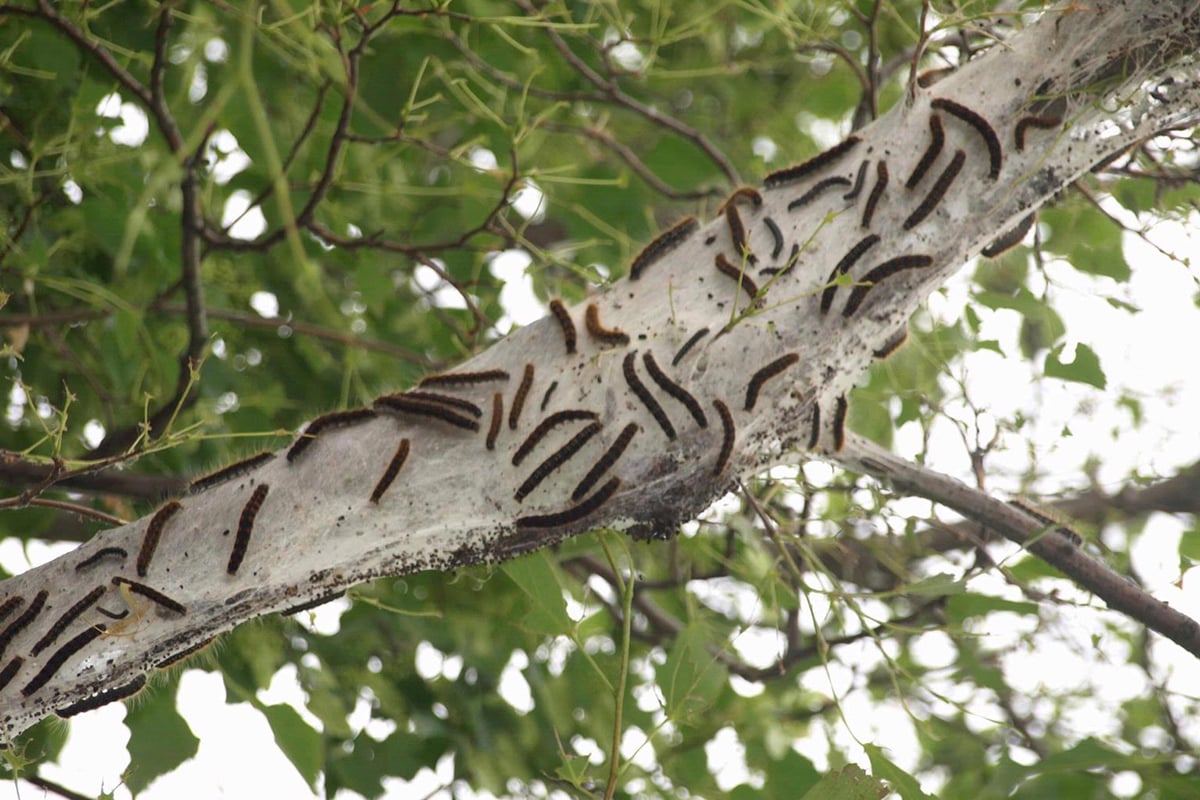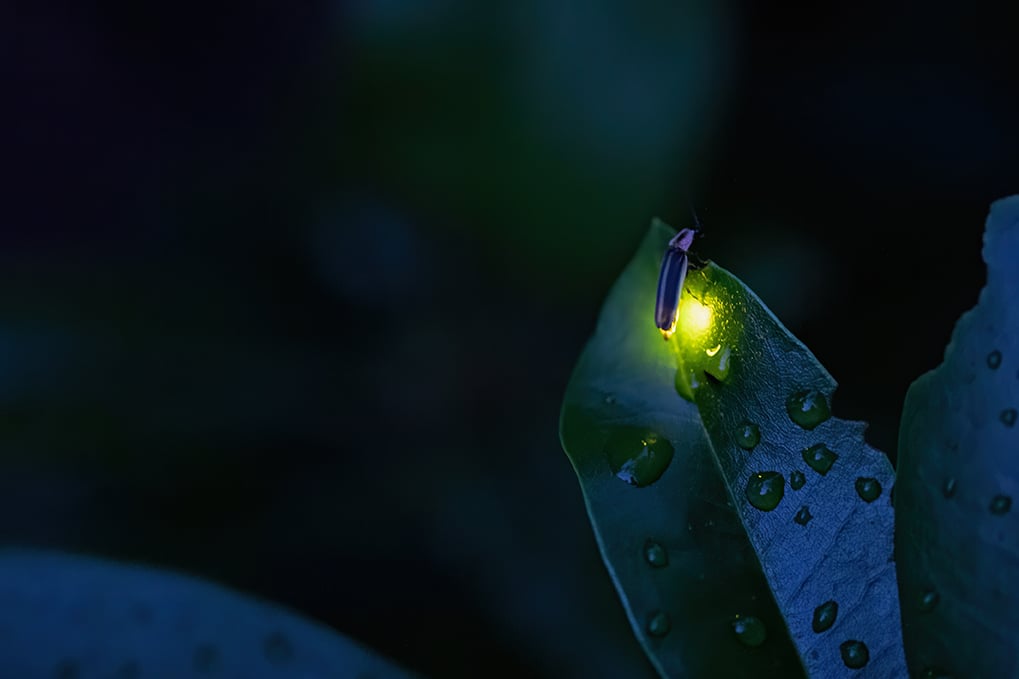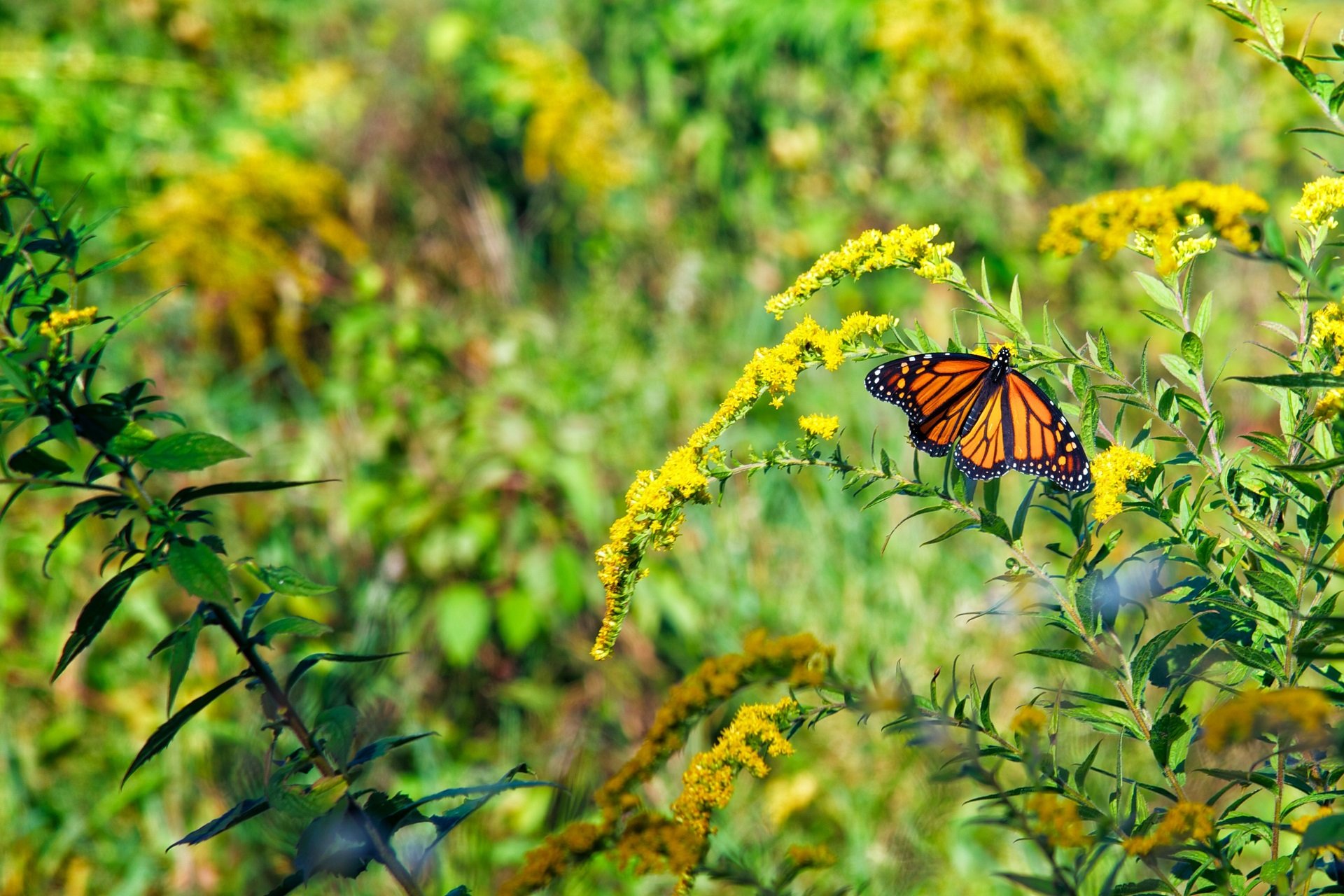Insects & Arachnids
Find information about a variety of insects and arachnids—including ticks—found in Massachusetts.
Ladybugs
Both native and non-native species of ladybugs abound in New England.
Western Conifer Seed Bugs
Massachusetts residents may see this large, harmless home invader come fall. They're not stink bugs but can release a pungent odor if alarmed, touched, or squished.
Winter Moths
The Winter Moth is an invasive insect that can wreak havoc on our trees.
Cicadas
Nine species of cicadas have been documented from Massachusetts. The most common is the "Dog Day" Cicada.
Odonates
Dragonflies and damselflies that make up the order Odonata are the largest insects you’re likely to see in Massachusetts.
Carpenter Ants
About 600 species of ants reside in the United States, but none is perhaps more infamous than the large black carpenter ant.
Asian Longhorned Beetles
Shiny black with bright white spots, the non-native Asian longhorned beetle feeds on a wide range of trees to the point of destruction.
Ticks
Get the facts about ticks—their appearance, life cycle, how to identify them, and what to do if you find one.
Butterfly Atlas
The first systematic statewide butterfly atlas undertaken in North America focuses on butterfly status in the year 1990.
Japanese Beetles
Japanese Beetle grubs make up about 90% of the white grubs that live in Massachusetts lawns.
Hummingbird Moth
Hummingbird Moths are members of the sphinx moth family, which have heavy bodies and long front wings.
Bees & Wasps
Bees and wasps can inspire fear. However, they are vitally important to nature and to our economy.
Spongy Moths
The Spongy Moth is a highly invasive, non-native moth that defoliates hundreds of acres of forests across the country.
Native Nuisance Moths
There are some native moth species that defoliate trees; the damage is typically aesthetic and not harmful.
Fireflies
Fireflies are neither bugs nor flies; they are actually beetles that light up using a chemical reaction in their lower abdomen.
Monarch Butterflies
Monarchs are well known for their vibrant orange wings with black veins and black borders with a white polka dot outline.



